Maia Do is an art enthusiast, born and raised in Hanoi. After going abroad to the United States and the United Kingdom to study, she returned to Vietnam. Back home she fell accidentally into the capital's flourishing art scene, and led Sophie's Art Tour in Hanoi for several years. Here she shares her perspective on recent changes, tips for art lovers, and her favourite spots in the city.
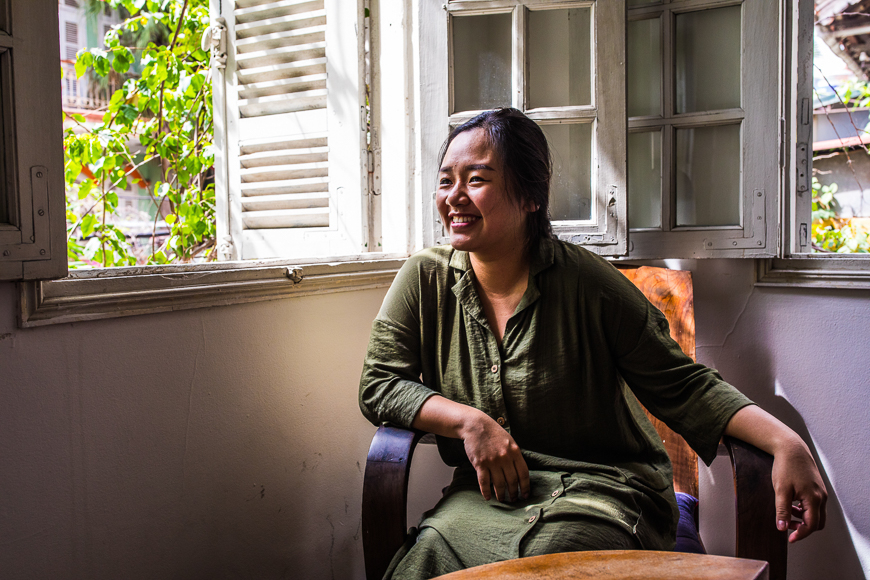
What was it like growing up in Hanoi?
In the late 90s it was nothing like today. My grandma picked me up from kindergarten and primary school in a cyclo—now you only see them with tourists in the Old Quarter! When my dad bought his first motorbike, it was a big deal. Now you see millions of them on the street.
On the roads it was a completely different scene. You’d walk along West Lake and there were no villas, no beautiful houses. It was just one giant lake with ponds and fields around it. I look back at family photos and think, 'Wait, where is this?' It looks nothing like today.
What do you think about the changes Hanoi has seen?
It’s kind of weird, because we are living inside the change, sometimes we don’t feel the pace of it. With technology coming in, people pick up things really fast. But then there are some people who refuse to change, and they preserve themselves in their bubble. You have things going really fast outside, and then people who want to keep things the old way.
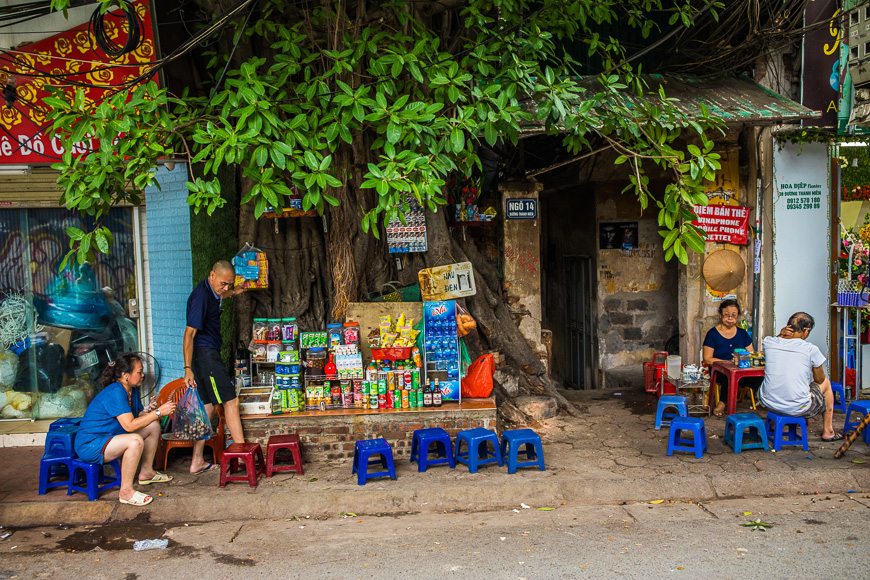
Where do you take friends and family when they come to visit you?
All the spots I take people to are food places. For example, the other day I took a friend to Hòe Nhai where there’s a bít tết place. Bít tết is aVietnamese version of a fancy French beefsteak. Bánh cuốn, also on Hòe Nhai, is another really good dish to try. Then, of course, bún chả, either on Hàng Mành street, or next to Đồng Xuân market.
I also take people to Chim Sáo Restaurant, a traditionally themed restaurant. People dress in old-style peasant clothes and the restaurant is in a French villa. The food is amazing—it’s the sort of food we would make at home.
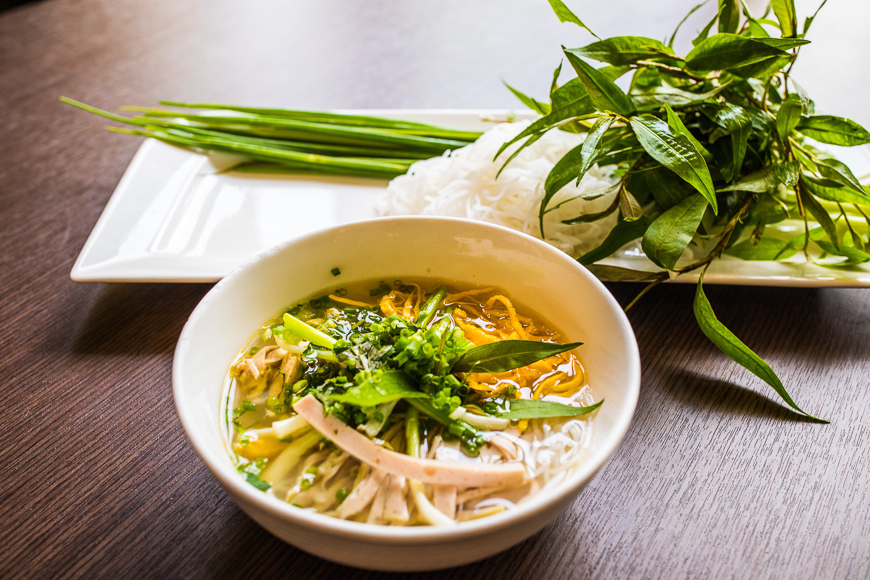
If you're an art lover coming to Hanoi, what should you know?
The art scene in Hanoi at the moment is split into different groups. Depending on what you want to see, you can reach out to that particular group. If you want to see contemporary art, installations and videos, there are places like Art Vietnam and Manzi. If you want to purchase a piece, then Apricot Gallery and Green Palm Gallery are the big galleries in town, and represent a huge range of artists.
Where can people easily learn more about Vietnamese art?
The fine arts museum is a good place to start because it shows you the entire history: the old, traditional craftsmanship up until the colonial times, when the French brought fine art to Vietnam, and when it changed to propaganda art during war time. The way the museum is curated is chronological, so you can see the whole history of Vietnamese art, as well as changes in style and content.
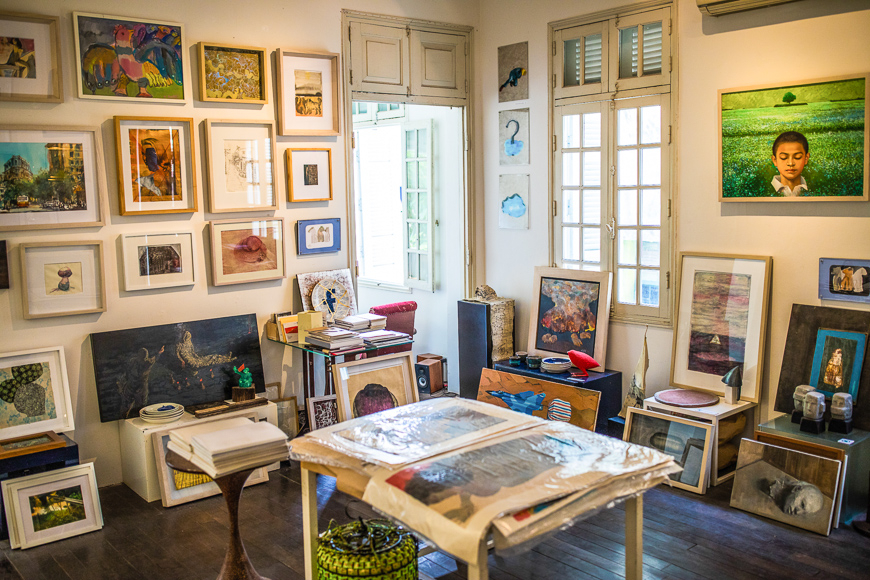
What are some of your favourite cafés in Hanoi?
I like to take people to classic places, such as Đinh Café. Đinh is on the second floor of an old French house that looks out onto Hoan Kiem lake. It’s a really nice place to see the old Vietnamese style, it’s kinda smokey and mystical and the drinks are amazing.
I also love the hidden cafés, like Pho Co Café at 11 Hàng Gai street. Nola Café is also really cool. There’s a gallery on top now—from the top you can look down into the oldest house on the street.
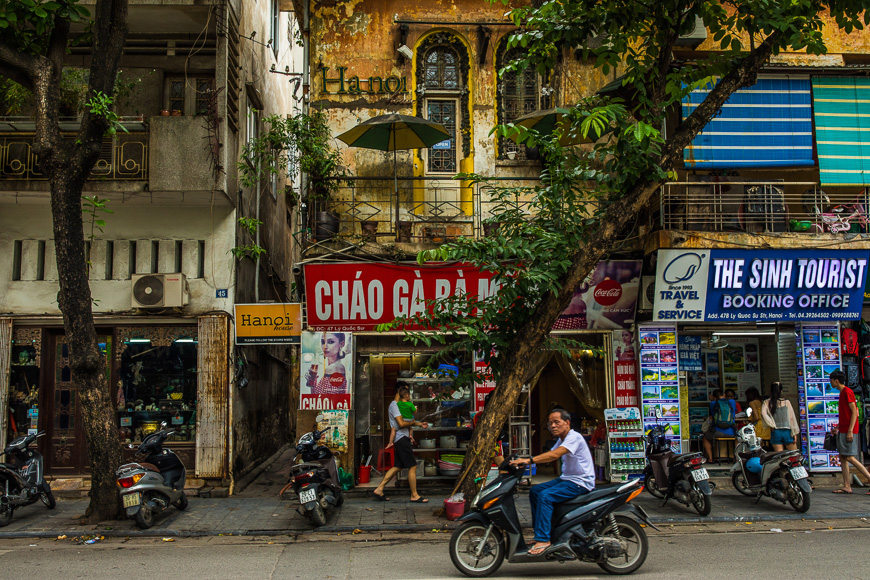
Do you feel like there is tension between old and new Hanoi?
There can be tension between the old and new, or it can be a beautiful relationship. I believe people are leaning more towards the beautiful connection rather than tension. I think in a way, because Vietnam is changing so fast, you cannot bring the old back, so why not make something old, new? Make it a part of our lives again—just improved or a level up—then it becomes something new and unique.




